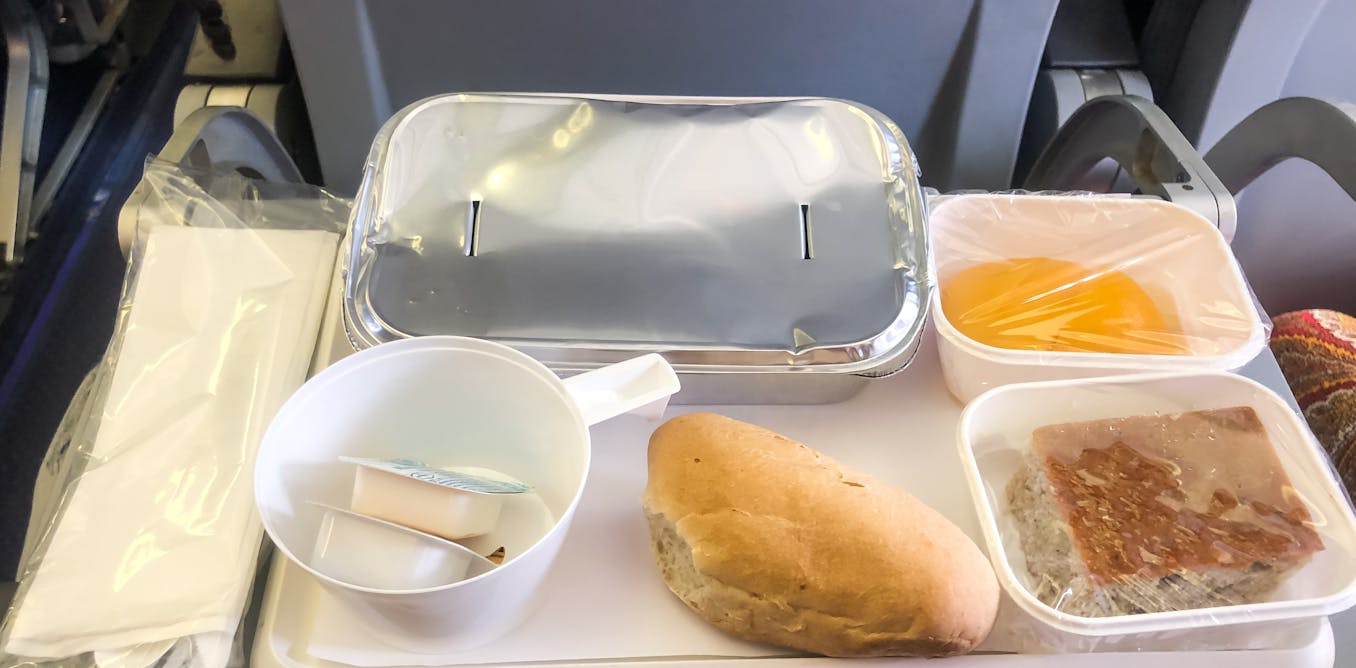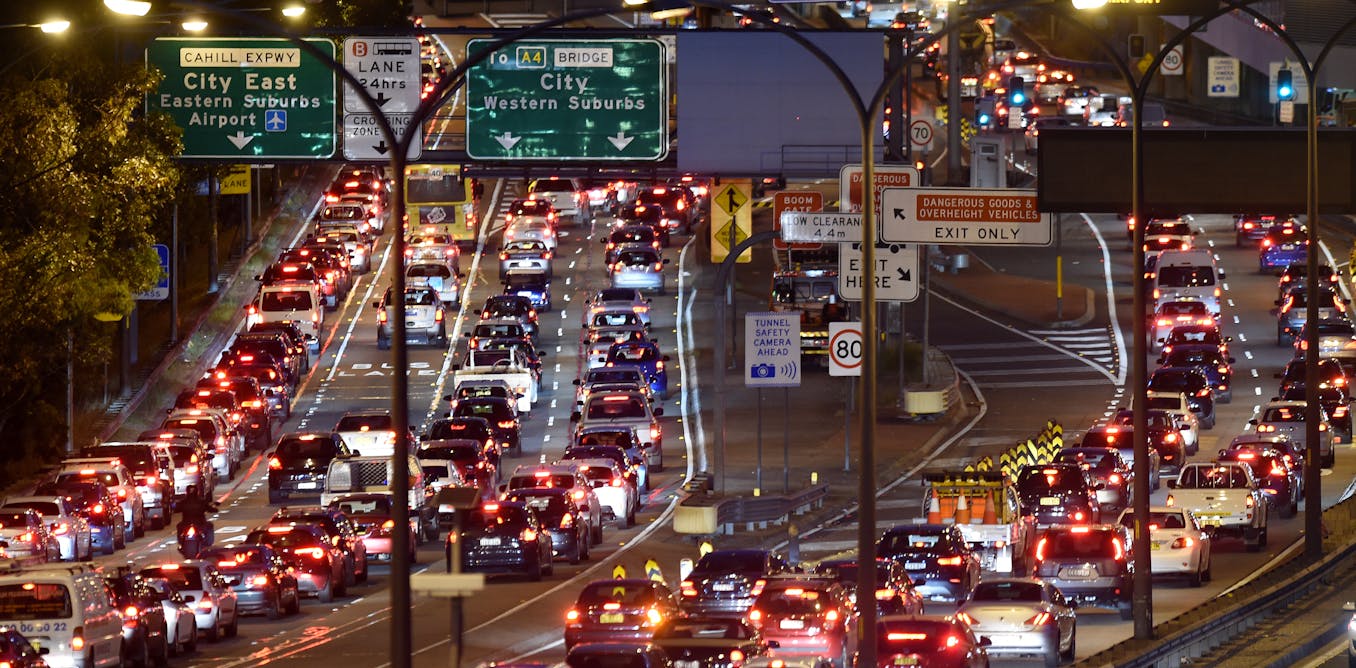How China’s $285 Million Export Hub in Brazil Will Cost U.S. Billions
In a significant development for global trade dynamics, China is making substantial investments in Brazil’s agricultural sector by constructing a $285 million export terminal just outside São Paulo. This ambitious project, spearheaded by Chinese state agricultural giant Cofco, is poised to shake the foundations of U.S. agricultural exports, potentially costing American farmers billions of dollars.
The new terminal is not just a mere infrastructure investment; it symbolizes the growing economic partnership between Brazil and China. As reported by the Wall Street Journal’s Samantha Pearson, this deepening relationship is likely to reshape trade routes and redefine competitive advantages in the agricultural market.
The China-Brazil Economic Landscape
China has increasingly relied on Brazilian agricultural produce to meet its expanding food demand. Currently, Brazil stands as one of the largest exporters of soybeans and beef to China. With the new export terminal at the Port of Santos — one of the busiest ports in Latin America — the logistics for shipping agricultural goods from Brazil to China will become more streamlined and efficient.
Tariffs and Their Consequences
U.S. farmers are already feeling the ramifications of this evolving trade landscape. The recent imposition of a 50% tariff by former President Trump on various Brazilian goods adds another layer of complexity. These tariffs not only threaten the profitability of U.S. agricultural exports but also push Brazil to solidify its partnership with China. As Brazil enhances its trade capabilities with China, American farmers may find themselves increasingly sidelined in the lucrative Asian market.
Implications of Chinese Investments
This export terminal is just one example of China’s broader strategy to invest in agricultural infrastructure across Brazil, further intertwining the two countries’ economies. Other Chinese projects in Brazil include investments in logistics, shipping, and even renewable energy initiatives, indicating a long-term commitment to strengthening bilateral ties.
What’s Next?
As the trade landscape continues to shift, the implications for U.S. farmers remain concerning. Experts are warning that if Brazil successfully enhances its agricultural offerings to China while U.S. tariffs remain in place, American farmers could face a prolonged period of financial distress.
In summary, as China’s export hub in Brazil continues to develop, it signals not just a change in trade flows but a potential reconfiguration of agricultural markets on a global scale. The United States may need to evaluate its trade strategies and policies quickly, or risk watching Brazil and China solidify a partnership that could undermine U.S. agricultural interests for years to come.
Watch the video by The Wall Street Journal
Video “How China’s $285M Export Hub in Brazil Will Cost U.S. Billions | WSJ Center Point” was uploaded on 08/19/2025 to Youtube Channel The Wall Street Journal




































My cat looked at me as if to say, "Keep laughing man, this is my show!😚
certified youtube moment 💞✨
Just realized that my life was incomplete without this video. Thank you, YouTube, for the new emotions👅
Your videos are always so interesting and entertaining. Great job, keep pleasing us with your talent!🐠👅🐮